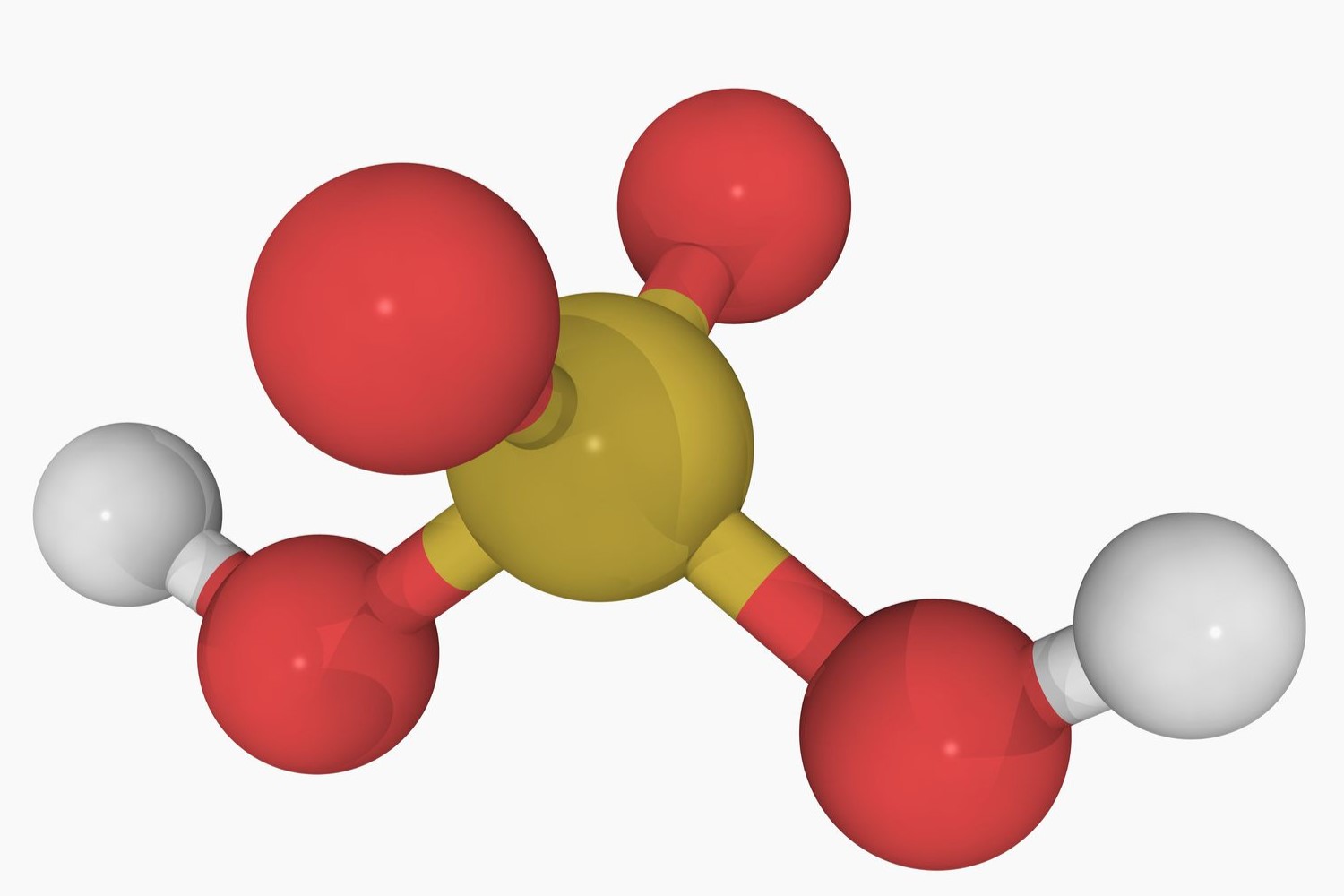
Pitting corrosion is a sneaky enemy of metals, causing small, localized holes that can lead to big problems. Unlike uniform corrosion, which eats away at metal evenly, pitting targets specific spots, making it harder to detect and predict. Why does pitting corrosion happen? It often starts when protective coatings break down or when metals are exposed to chloride ions, like those in saltwater. This type of corrosion can weaken structures, leading to unexpected failures. Understanding pitting corrosion is crucial for industries like marine, oil, and gas, where metal integrity is vital. Let’s dive into 23 intriguing facts about this hidden menace.
What is Pitting Corrosion?
Pitting corrosion is a localized form of corrosion that leads to the creation of small holes or pits in the metal. This type of corrosion can be particularly insidious because it often goes unnoticed until significant damage has occurred.
- Pitting corrosion typically occurs in metals that are protected by a passive film, such as stainless steel.
- Chloride ions are a common cause of pitting corrosion, often found in environments like seawater or road salts.
- Pits can be extremely small and difficult to detect, sometimes only visible under a microscope.
- Once a pit forms, it can act as a focal point for further corrosion, accelerating the damage.
- Pitting corrosion can lead to structural failure if not detected and mitigated in time.
Causes of Pitting Corrosion
Understanding what causes pitting corrosion can help in preventing it. Various factors contribute to the formation of pits in metals.
- High levels of chloride ions are one of the most common causes of pitting corrosion.
- Poor maintenance and cleaning practices can allow corrosive substances to accumulate on metal surfaces.
- Mechanical damage to the protective film on metals can expose them to corrosive elements.
- Variations in metal composition can create weak spots more susceptible to pitting.
- Stagnant water or low oxygen environments can also contribute to pitting corrosion.
Effects of Pitting Corrosion
The effects of pitting corrosion can be severe, impacting both the functionality and safety of metal structures.
- Pitting corrosion can lead to leaks in pipes and tanks, causing environmental contamination.
- Structural integrity can be compromised, leading to potential failures in bridges, buildings, and other infrastructures.
- The presence of pits can increase the stress concentration in metals, making them more prone to cracking.
- Pitting can reduce the lifespan of metal components, leading to higher maintenance and replacement costs.
- In the marine industry, pitting corrosion can affect the performance and safety of ships and offshore platforms.
Detection and Prevention
Detecting and preventing pitting corrosion is crucial for maintaining the integrity of metal structures. Various methods and practices can help in this regard.
- Regular inspections using techniques like ultrasonic testing or radiography can help detect pits early.
- Applying protective coatings can provide an additional barrier against corrosive elements.
- Cathodic protection can be used to prevent pitting in buried or submerged structures.
- Using corrosion-resistant materials, such as alloys with higher chromium content, can reduce the risk of pitting.
- Proper design and engineering practices, including avoiding crevices where corrosive substances can accumulate, can help prevent pitting corrosion.
Real-World Examples
Pitting corrosion has been responsible for several notable failures in various industries. Understanding these examples can highlight the importance of proper maintenance and prevention.
- The Silver Bridge collapse in 1967 was partly attributed to pitting corrosion, leading to the deaths of 46 people.
- In the oil and gas industry, pitting corrosion has caused pipeline leaks, resulting in environmental damage and financial losses.
- Aircraft components have also been affected by pitting corrosion, leading to costly repairs and potential safety hazards.
The Final Word on Pitting Corrosion
Pitting corrosion, a sneaky form of localized corrosion, can cause significant damage to metals. It’s crucial to understand its causes and prevention methods. Factors like chloride ions, low pH, and stagnant water contribute to its formation. Regular inspections and proper material selection help mitigate risks. Using corrosion inhibitors and maintaining protective coatings also play a vital role.
Stay vigilant and proactive in monitoring your equipment. Ignoring pitting corrosion can lead to costly repairs or even catastrophic failures. By staying informed and taking preventive measures, you can extend the lifespan of your metal structures and ensure their safety.
Remember, a little knowledge goes a long way in combating this hidden menace. Keep learning and applying best practices to protect your investments from the silent threat of pitting corrosion.
Was this page helpful?
Our commitment to delivering trustworthy and engaging content is at the heart of what we do. Each fact on our site is contributed by real users like you, bringing a wealth of diverse insights and information. To ensure the highest standards of accuracy and reliability, our dedicated editors meticulously review each submission. This process guarantees that the facts we share are not only fascinating but also credible. Trust in our commitment to quality and authenticity as you explore and learn with us.


